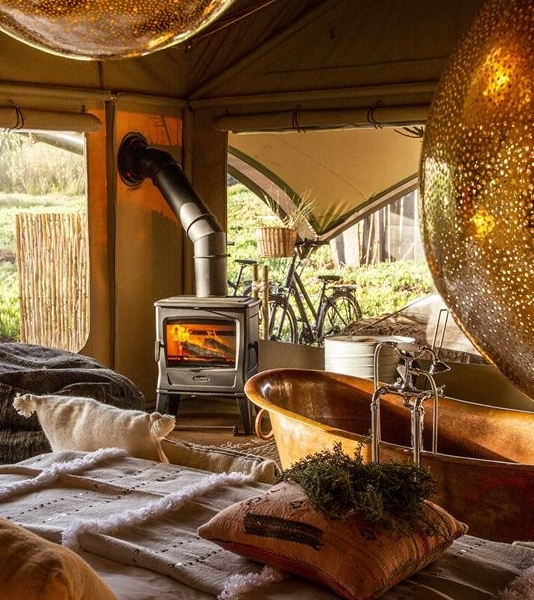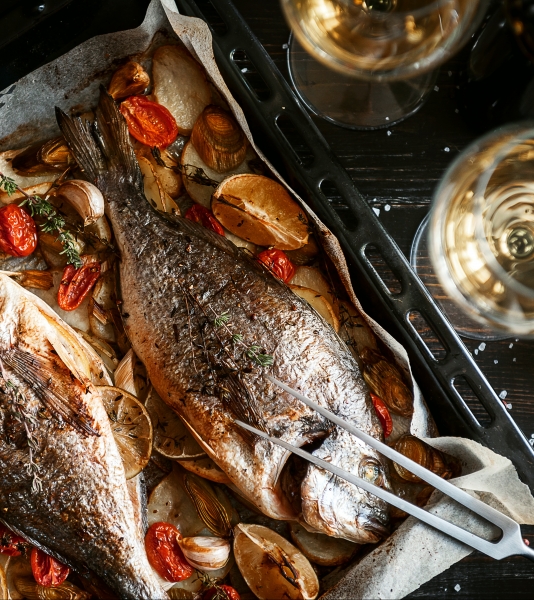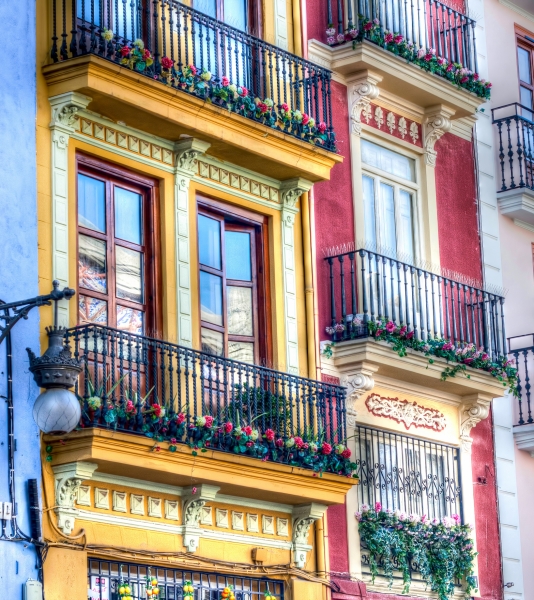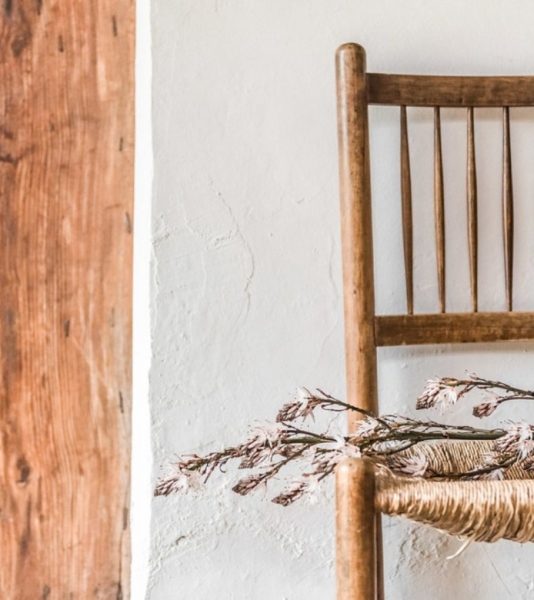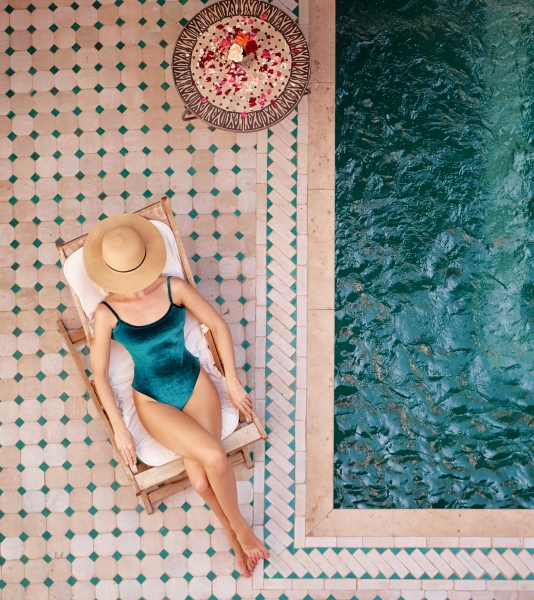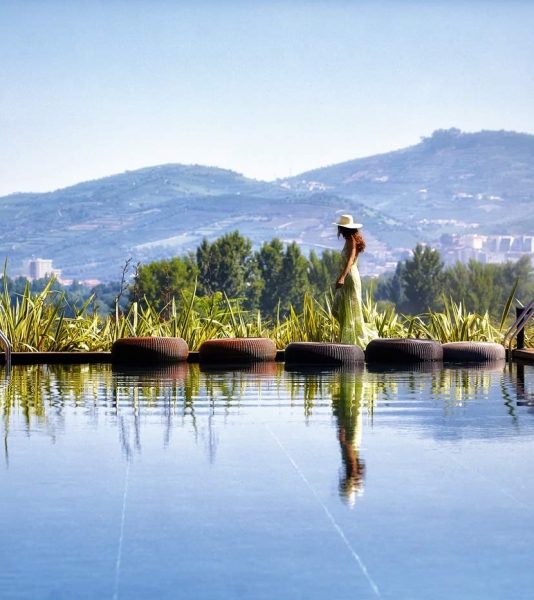Guia dos mais belos hotéis boutique de Barcelona, hotéis de luxo e casas de férias
Sem dúvida, Barcelona é uma das capitais mundiais da cultura e da arte. O clima mediterrâneo combina perfeitamente com a atmosfera animada da cidade, oferecendo uma experiência que você poderá desfrutar desde o primeiro momento em que pisar nesta magnífica cidade arquitetônica. Barcelona oferece uma grande variedade de atividades, como um relaxante passeio pelas Ramblas, a exploração das barracas de flores e livrarias, e a oportunidade de ouvir o canto dos pássaros, entre outras opções. Você também poderá visitar monumentos surpreendentes e únicos, como o famoso Templo da Sagrada Família, uma das obras-primas de Gaudí, com seus deslumbrantes vitrais em arco-íris, ou o mais moderno e abstrato Parque Güell, com seus lagartos em mosaico. A singularidade de Barcelona vem dos inúmeros artistas que, ao longo dos anos, escolheram esta cidade inovadora como seu lar.
Colorida, moderna e cheia de vida, Barcelona nunca dorme. Mas como todo mundo precisa de descanso, nos esforçamos para encontrar os melhores e mais bonitos hotéis e apartamentos de férias em Barcelona. Seja você está procurando um pequeno hotel encantador em Barcelona, um apartamento de férias no bairro histórico ou uma escapada romântica em um hotel de luxo 5 estrelas, podemos ajudá-lo a encontrar o lugar perfeito para se hospedar em Barcelona.
Where to stay in Barcelona and its neighbourhoods
To enjoy the city in the best possible way, it is important to choose suitable accommodation in a neighbourhood that suits your preferences and needs. We have selected the most desirable neighbourhoods for you:
Born
El Born is part of the old district "La Ciuttatvella" in Barcelona. In its narrow streets you will find the trendiest shops, bars and bistros, all with a warm charm and creative atmosphere surrounding them. The neighbourhood is very popular with tourists because there is always something going on here - definitely not the quietest place in the city. Here you shouldn't miss the old Born Market, a huge three-storey building with bars, restaurants, shops and even cultural studios, as well as the Picasso Museum, which is well worth a visit. At night, this area comes alive with a variety of nightlife options offering a wide range of activities. The atmosphere is one of vibrant energy and a melting pot of people from a wide variety of backgrounds and interests who come together in the numerous bars, clubs and restaurants. Watch out for pickpockets.
Gothic Quarter
The Gothic Quarter is also part of Barcelona's old town. The cobbled streets wind labyrinthine through the narrow alleyways, but there is not the same nocturnal hustle and bustle as in Born. It's a creative place with a large building full of bars and restaurants. If you choose a boutique hotel in the area, be aware of the street noise. Beware, there are also many pickpockets here.
The Raval
The Raval is Barcelona's most alternative and colourful neighbourhood. It used to have a bad reputation, except for Carrer Sant Pau. Today it is known as a multicultural neighbourhood. Pakistanis, Indians and Chinese live here side by side with traditional Catalans and young Europeans. It is cheaper than El Born or the Gótico. Hip restaurants and retro shops have made this neighbourhood a hip place for young people.
Eixample
Eixample translates as "extension" and is one of the newer districts of the city, developed in the late 19th and early 20th centuries. This part of the city is a residential area without the narrow, winding streets characteristic of the old town. Instead, here you will find a modernist grid system, a special, rectangular type of urban planning that reflects the elegance and sophistication of the Eixample. Eixample is much more cosmopolitan and also has its own shopping areas, such as the elegant Paseo de Gracia, where there are a number of good bars and nightclubs as well as brand shops. The quieter parts of the city are ideal for families who want to stay in charming hotels or holiday flats, or for self-caterers who prefer to stay in a traditional Spanish holiday home. The neighbourhood is well connected and the Sagrada Familia is just a stone's throw away. The nicest areas are: Universitat, Catalunya, Passeig de Gracia, Urquinaona and Arc de Triomf.
Arena-Monjuic
This district spreads over an area of 21 square kilometres. It is a modern industrial and residential area. But what distinguishes this neighbourhood most is Montjuïc mountain, which, with its 185-metre height and its typical rocky shape sloping down to the sea, has been the city's skyline and symbol since ancient times. On its slope is the Poble-sec neighbourhood, known for its popular character and long tradition of theatres, music bars and cabaret clubs. It's a few degrees cooler here than in the lowlands and the numerous parks and gardens are perfect for a shady picnic. The National Art Museum of Catalonia is not to be missed. You will find beautiful hotels and cute holiday flats in this area.
Barcelona - sophistication, art and architecture
Barcelona, the second largest city in Spain and capital of Catalonia, has a population of two million people. The city is dynamic, progressive, sophisticated, cosmopolitan, traditional and European at the same time and therefore has something to offer for everyone. The largest city in the east of Spain lies on the Mediterranean Ocean and enjoys a mild climate all year round. Its port is one of the busiest in the country and has marinas and beaches close to the city centre.
Barcelona has a rich cultural offer with something for everyone. Museums such as the Picasso, Miró and Tàpies museums and the Museum of Contemporary Art are a must. In addition, the architectural work of Antoni Gaudí, is a sight not to be missed. Also, stroll along Las Ramblas, a boulevard unique in the world.
Traditional Catalans love good food, which is why there are many restaurants and tapas bars in the capital. Barcelona tries to put its resources and energy into maintaining and improving streets, parks, buildings and services - everything is maintained to the extreme to preserve the well-being of citizens and travellers.
Barcelona also celebrates the important festival of Sant Jordi on April 23rd, dedicated to the patron saint of Catalonia, which coincides with the Festival of Roses and the Festival of Books. June is when most of Barcelona's events take place, such as the Feast of Corpus Christi, with large parades of huge traditional statues. A festival that dates back to pre-Christian times, all the streets, neighbourhoods and villages celebrate with fire and fireworks. At the end of June, the Grecc Festival begins with theatre and dance performances, concerts and other open-air cultural events. On 24 September, the festival of La Mercè, the patron saint of Barcelona, takes place with parades, folk dances, "sardanas" and important sporting competitions. On 13 December, the nativity scene market starts around the cathedral, with small works of art on display.
What to do in Barcelona
Barcelona, the capital of Catalonia, is a cosmopolitan city on the Mediterranean that combines Roman remains, medieval quarters and the most beautiful features of 20th century modernism and avant-garde in its cityscape. It is not for nothing that UNESCO has declared the impressive buildings of Catalan architects Antoni Gaudí and Lluís Doménech i Montaner World Heritage Sites. The works of art integrate Spanish character from different eras, so that in just a few metres you can travel back in time from Gothic structures to Modernism.
The Park Güell, the Palau Güell, the Casa Milà "La Pedrera", the Palau de la Música Catalana, the Hospital de Sant Pau, the Temple of the Sagrada Familia, the Casa Lleó Morera, the Casa Amatller and the Casa Batlló are just a few examples of the city's many architectural gems.
La Rambla, one of the alleys of the historic centre leading to the Mediterranean Sea, is one of the best places to feel the pulse of the city: Arcaded houses lead to the Parc de la Ciutadella, the Olympic Village and the Port Olímpic. Beaches, fountains and an impressive range of cultural and leisure activities make the Port of Barcelona a cosmopolitan place full of life.
Famous works of art by Picasso, Miró, Tàpies and Gaudí are exhibited in Barcelona's museums. Paintings from all periods can be seen in the Museu d'Història de la Ciutat, the Museu d'Història de Catalunya, the Museu d'Art Modern or the Museu d'Art Contemporani - MACBA, among others.
As nossas coleções
Não sabe para onde ir? Deixe nossas coleções te inspirarem.


